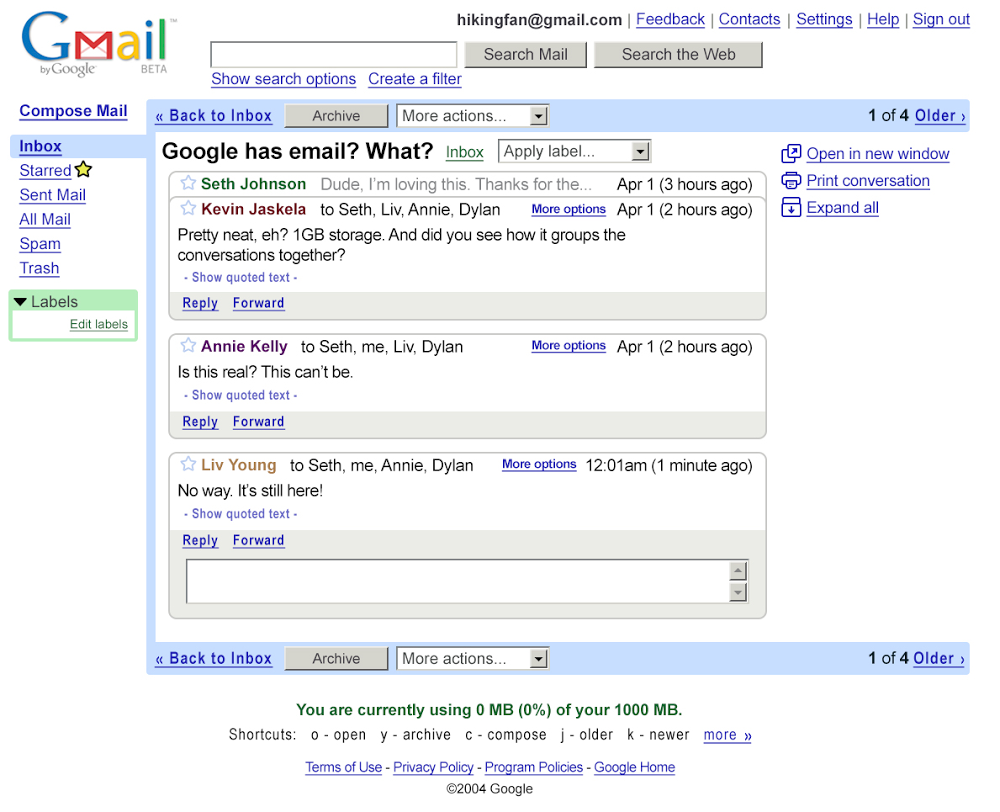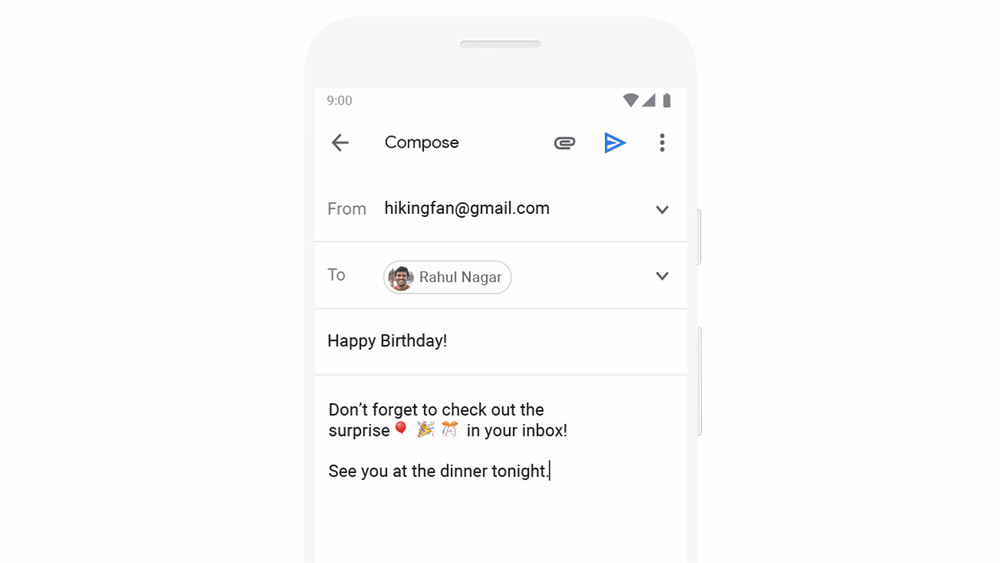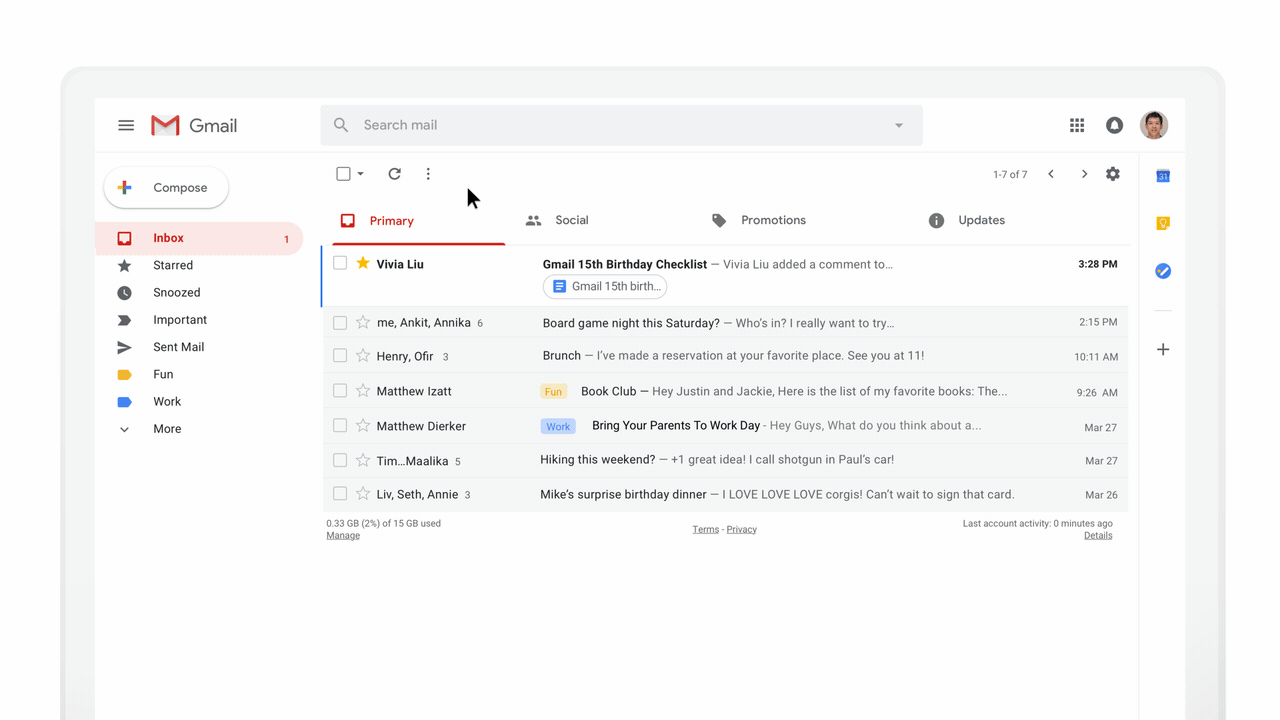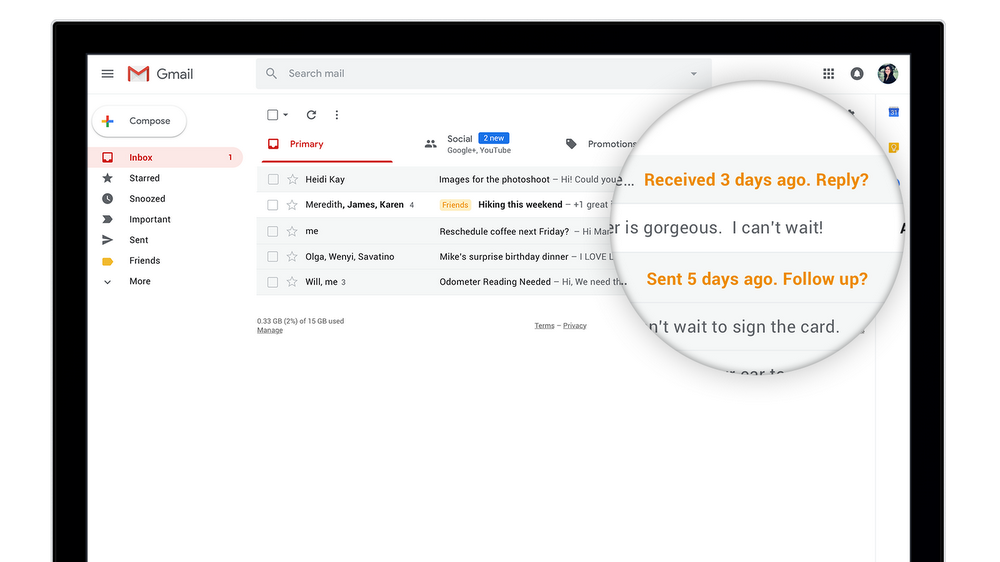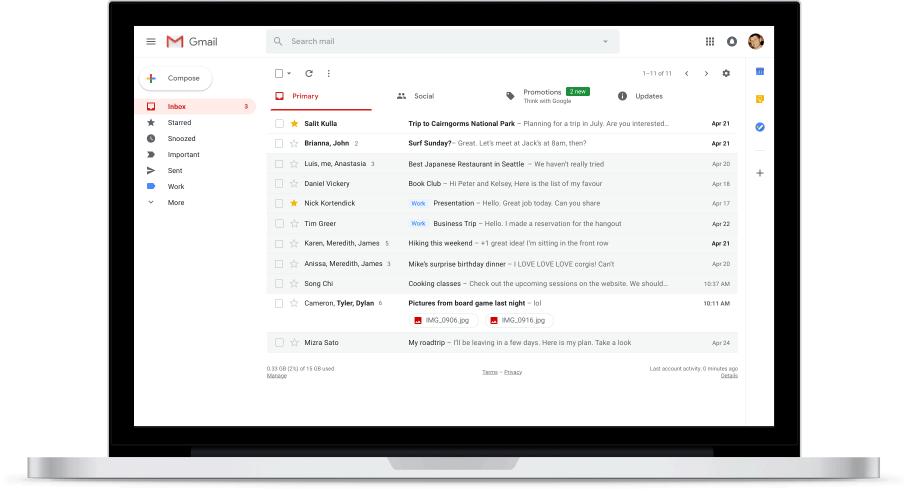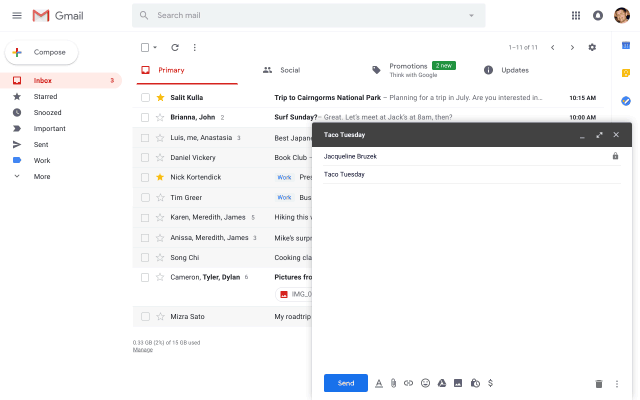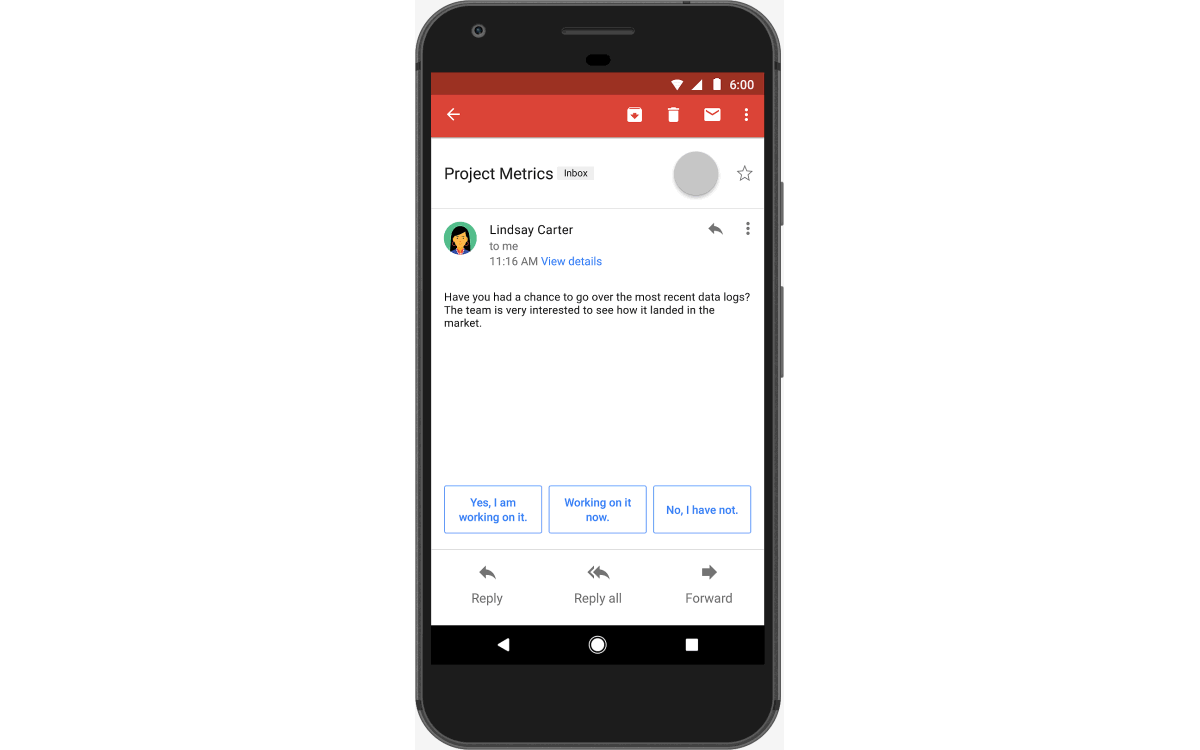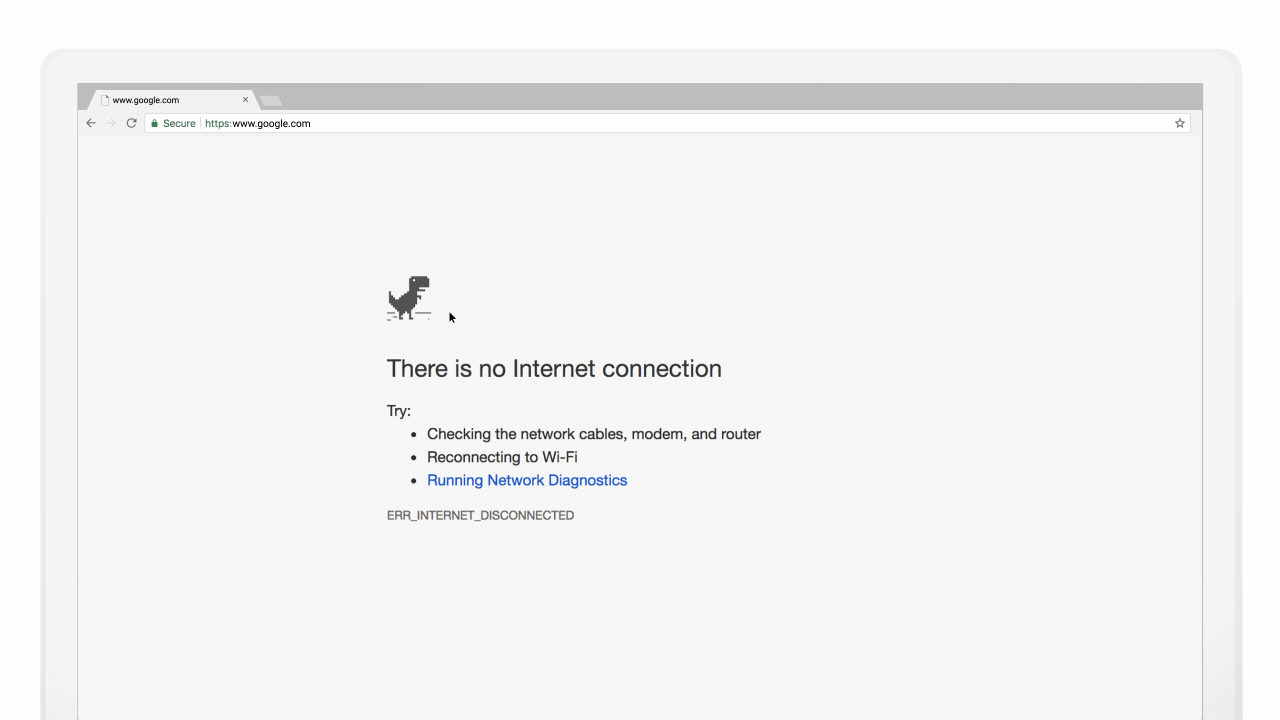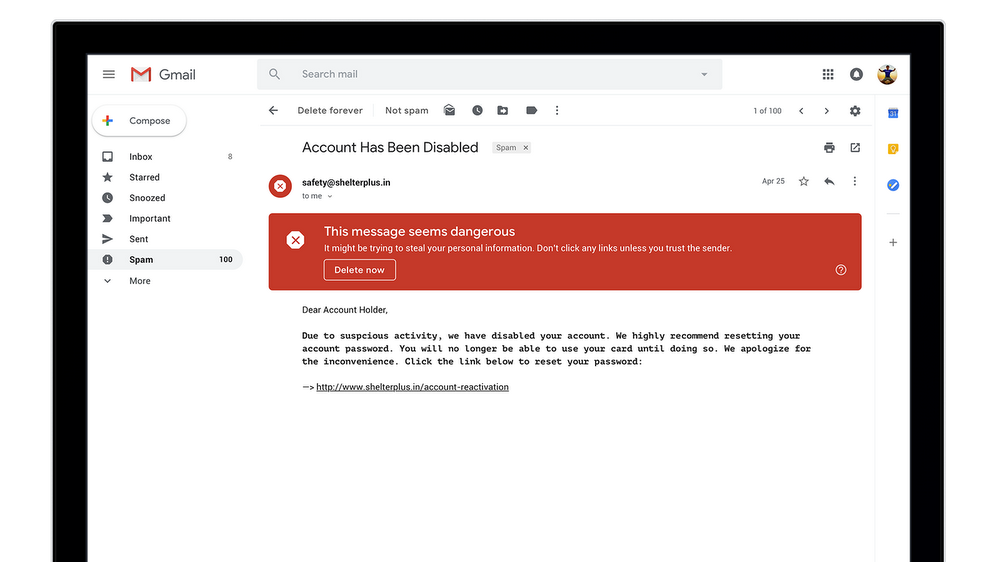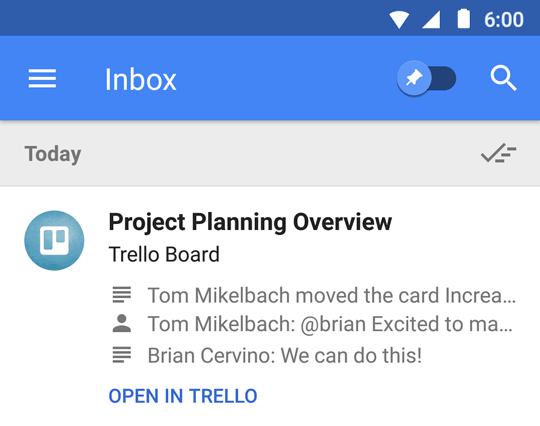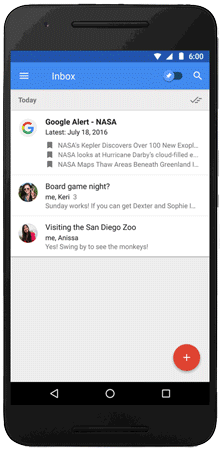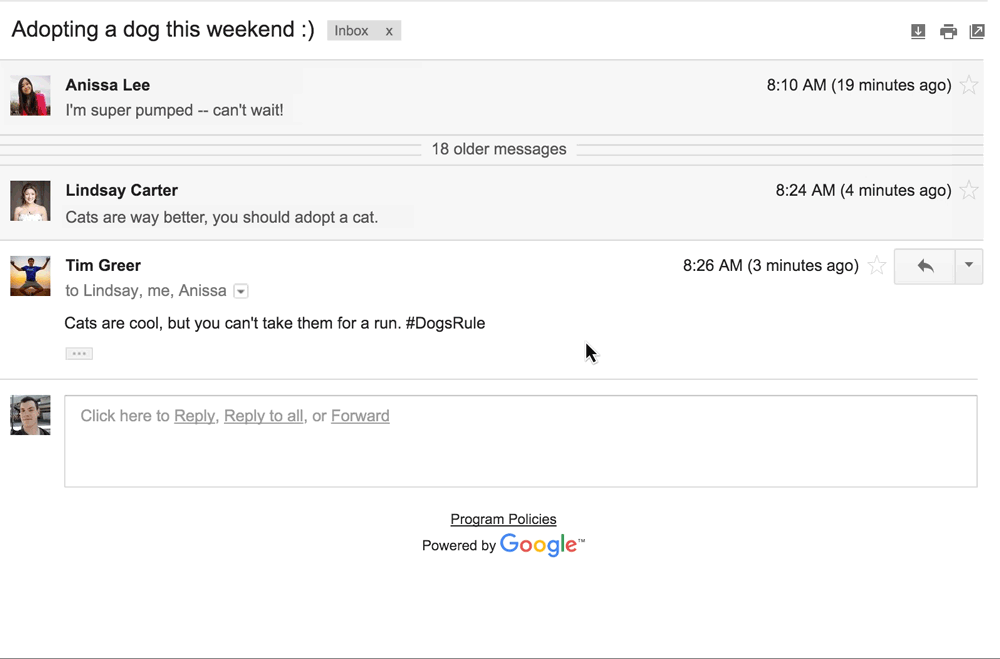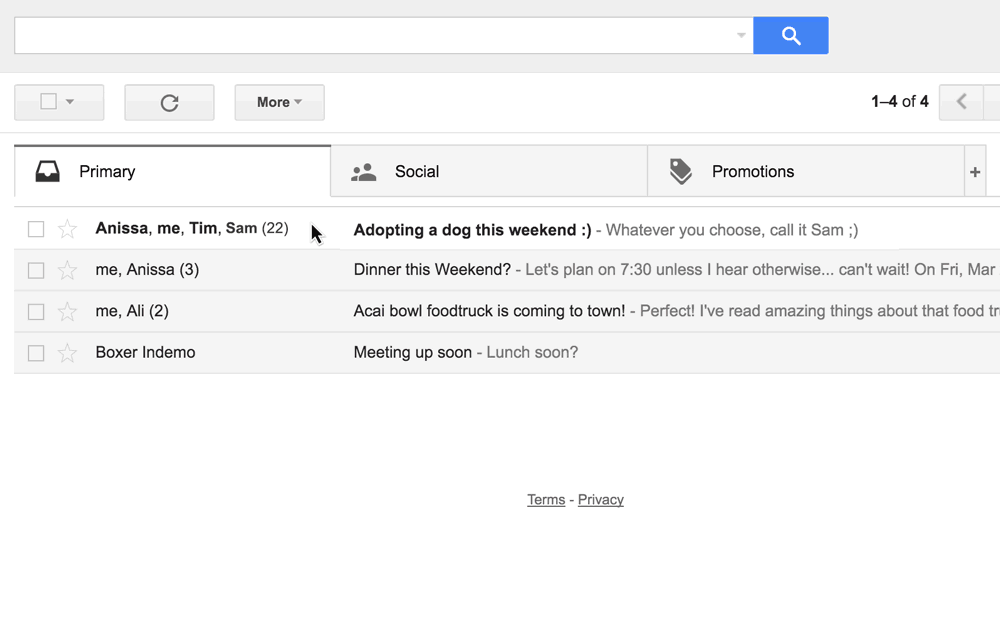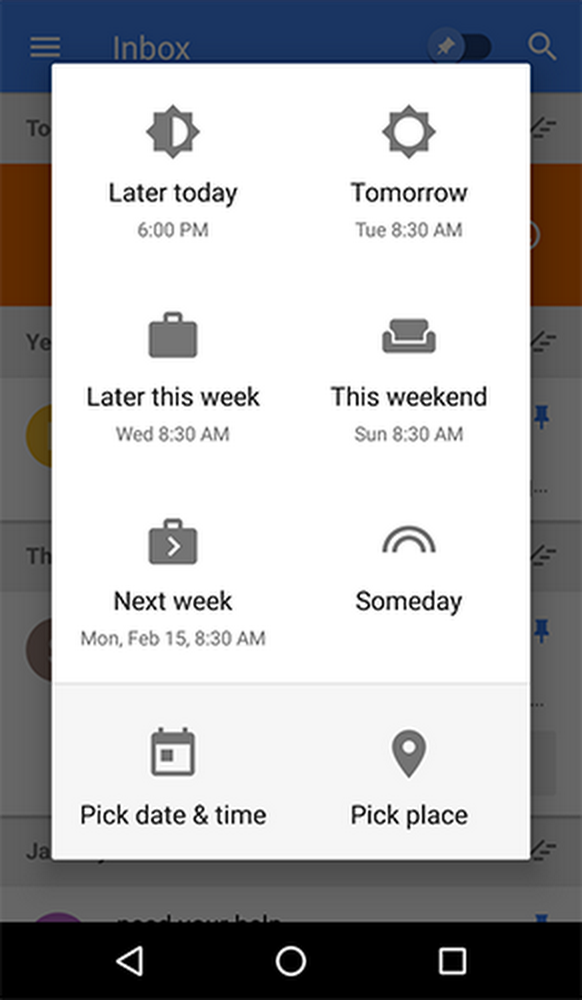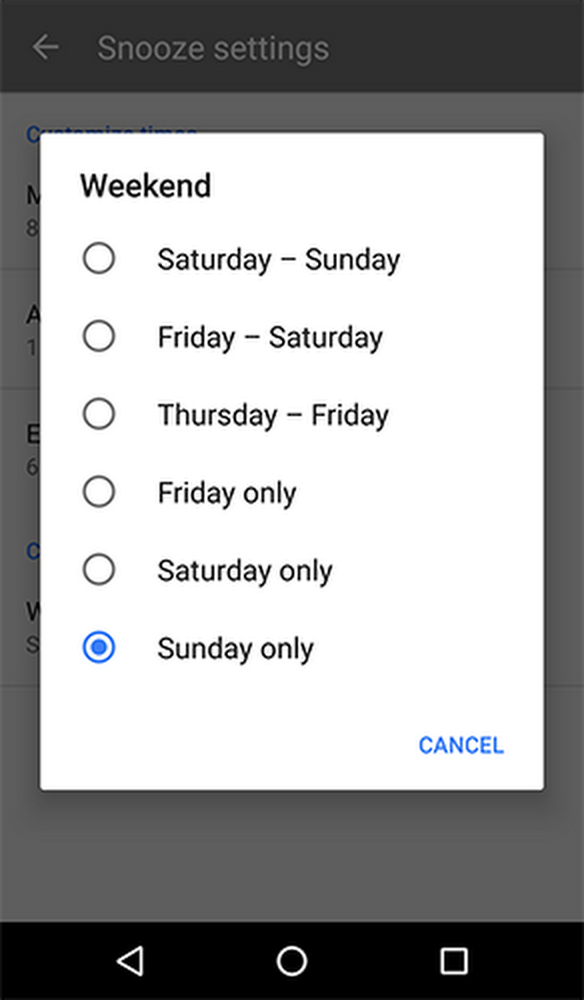Whether you’re backing up photos or streaming our favorite TV shows, you may know it’s all made possible by the cloud. But for a lot of us, that’s where the understanding ends. With Next ’19, Google Cloud’s annual customer conference, this week, it’s a good time to ask: What is this cloud, anyway?
Before cloud, businesses maintained fleets of computers (known as “servers” in tech speak) to create websites and apps, and to equip employees with the software needed to build them. Those computers stayed in a server room or a nearby data center, connected by an internal network and to the broader internet. A company’s IT team had to monitor all those computers, network cables and other equipment—and keep it all working for employees, under budget. So that meant that every few years, the IT team bought new computers and took care of any maintenance and upgrades, like adding a new networking line or new software.
Cut to today: we have faster computing speeds and better internet connectivity, and these have made it easier for computers around the world to connect quickly. It’s no longer necessary for businesses to own servers and data centers. Since Google already has a massive global network—made up of things like our own data centers and undersea cables—we can provide that infrastructure to businesses so they can build products and services. In a nutshell, that’s what Google Cloud is—access to Google’s global infrastructure and all the state-of-the-art tools we’ve created over time to serve Google’s billions of users.
This new way of building in the cloud has resulted in changes to the way that companies use computers and other technology.
Why is the cloud such a big deal?
The cloud took the tech world by storm, and it keeps growing for consumer and business uses. Companies want to use the newest, fastest technology, which isn’t possible when you’re only buying new computers every few years.
Public cloud providers allow companies to use the newest technology without having to buy and maintain it themselves. Google Cloud, for example, maintains complicated networks that can quickly move data around the world. Keeping information secure, a challenge for businesses, is also easier with the cloud, since encryption is built in. Plus, the huge scale of cloud means it can run apps faster.
Cloud companies can also be more efficient with space and power. At Google, we buy enough wind and solar to offset the electricity we use, so our customers can get sustainability benefits they might not get on their own.
Cooling towers at a data center in Belgium
How does cloud affect your everyday life?
When businesses started using the cloud, their customers started using the cloud, too. It makes lots of what we do on our phones, tablets, and laptops possible. For example, Gmail became popular pretty quickly, because it offered a lot more storage so you could keep all your emails—even ones with large attachments. Gmail works because instead of storing emails on one limited server somewhere, a giant network of servers stores those emails. When you check your email, a server in one of those data centers is finding and downloading your newest emails and routing them to your computer or phone. Plus, because Gmail is cloud-based, this opens up opportunities for machine learning to help you in ways you might not notice, like blocking phishing and spam attempts to your inbox.
What do people talk about at a cloud conference?
When 30,000 or so people converge in San Francisco at Google Cloud Next ’19 this week, they’ll be choosing from hundreds of sessions, panels, and tutorials to learn about cloud computing. Some attendees may be just getting started with the cloud and need to learn the basics, while others are exploring advanced concepts like AI and machine learning. Lots of the sessions explain how Google Cloud-specific products can be used. There are sessions on connecting products from outside of Google Cloud into ours and showing business users how to move their data into the cloud.
That’s your start to understanding cloud. If you want to learn more, tune in to our Next livestream all week.
